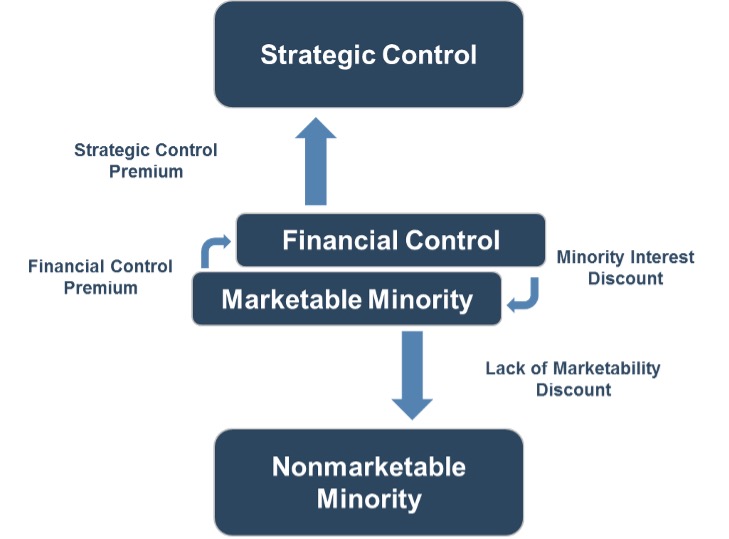What Should We Do About Estate Taxes?
“Ohana” means family…family means nobody gets left behind or forgotten. Lilo & Stitch, the Disney film about a family and an alien, taught us this just over 20 years ago. This is especially true in a family business as family business directors need to work together to ensure they are moving forward together, as a business and more importantly, as a family. As seen on the big screen with Lilo & Stitch, in family business meetings, and maybe even at the dinner table, Ohana is easier said than done. Sometimes your family does, in fact, act alien to you. But at the end of the day, family is vital to who we are and what we do.
What Should We Do About Estate Taxes?
Most family business owners desire to provide financially for their family. Due to this, one of the widespread concerns of these owners is the ability to transfer ownership of the family business to the next generation in the most tax-efficient way.
The Estate Tax is a tax on your right to transfer property at your death. The tax is calculated based on the “decedent’s gross estate,” less the taxpayer’s remaining gift and estate tax deduction, which in 2022 is $12.06 million per individual ($24.12 million per couple), as well as other specific deductions. A unique issue for family business owners is that a substantial portion of their estate often consists of illiquid interests in private company stock. If this is the case, liquidating assets to pay the estate tax may prove more difficult as estate taxes are payable only in cash. Family businesses may have to be sold or forced to borrow money to fund the payment of a decedent’s estate tax liability.
Keep in Mind Fair Market Value and the Level of Value
The concept of fair market value is essential to understanding and evaluating any estate planning strategy. For brevity’s sake, fair market value, or “FMV,” is defined by the IRS as the price at which the property would change hands between a willing buyer and seller, not under compulsion to buy or sell, and both having reasonable knowledge regarding specific facts and circumstances regarding the transaction. The IRS is clear, per Revenue Ruling 59-60, that appropriate discounts, or reductions in value, are allowed to account for the fact that the shares in the family business are privately held rather than publicly traded.
How does FMV, or the standard of value, intersect with the “level of value”? For example, if an estate owns a controlling interest in a family business (more than 50% of the stock), the FMV of those shares will reflect the estate’s ability to sell the business. In contrast, the owner of a small minority block of the outstanding shares in the family business cannot force the business to change strategy, seek a sale, or unilaterally compel any action.

The level of value chart captures two common-sense notions: investors prefer control rather than not, and they prefer liquidity to illiquidity. The magnitude of a lack of control and lack of marketability adjustment depends on specific factors of the subject interest being transferred, but unsurprisingly investors prefer to have control and a ready market for their shares.
It’s Not All Taxes
Minimizing taxes is one possible objective of an estate planning process, along with asset protection, business continuity, and providing for loved ones. Families should be careful not to let the tax tail wag the business dog; families should consult legal, accounting, and valuation advisors who understand their business needs and family dynamics to ensure that their estate plan accomplishes the desired goals.
Families should be careful not to let the tax tail wag the business dog
As an example, one objective of most estate planning techniques is to ensure that no individual owns a controlling interest in the family business at his or her death. However, is the patriarch/matriarch ready to hand the reigns to the next generation? Is the next generation ready? Management and business concerns may need to prioritize the tax/liability side of the equation based on the family and its dynamics.
What Now?
Some potential next steps include:
- Review the current shareholder list & ownership table: Based on the current shareholder list, are there any shareholders that – were the unexpected to happen – would be facing a significant estate tax liability?
- Identifying current estate tax exposures: Will shareholders have to look to the family business to redeem shares or make special distributions to fund estate tax obligations?
- Identify tax & non-tax goals of the estate planning process: If there was no estate tax, what evolution would be the most desirable for your family and business?
- Obtain a current opinion of the fair market value of the business at each level of value (control, marketable minority, and nonmarketable minority).
We are just a phone call or an email away.
 Family Business Director
Family Business Director 











